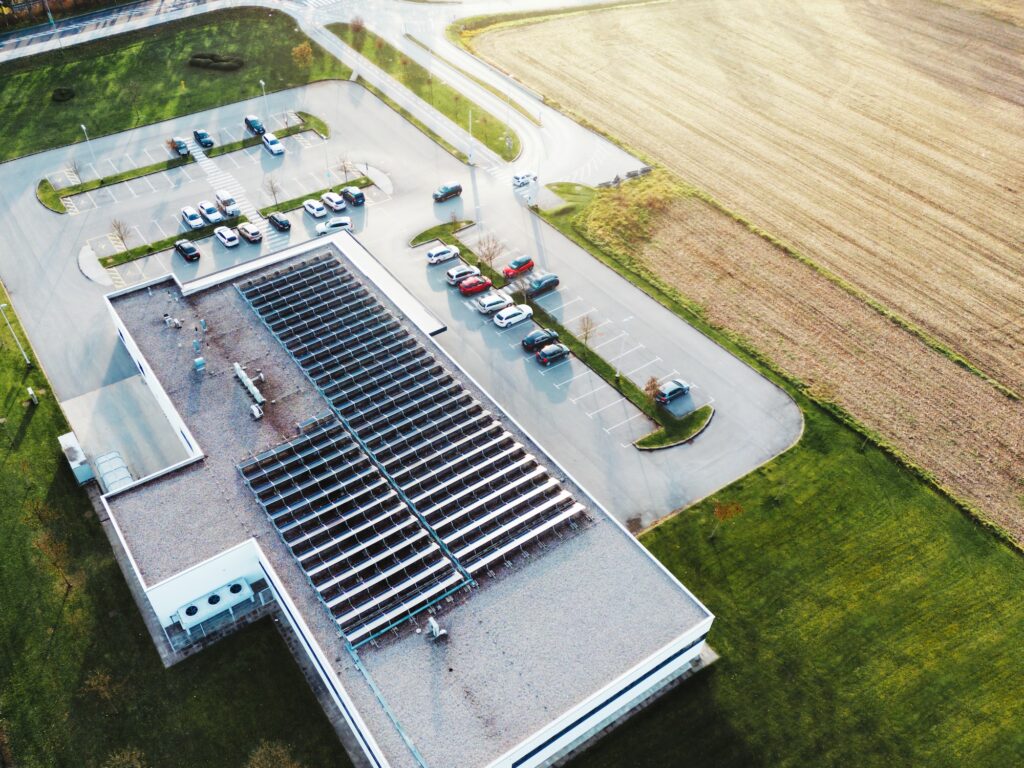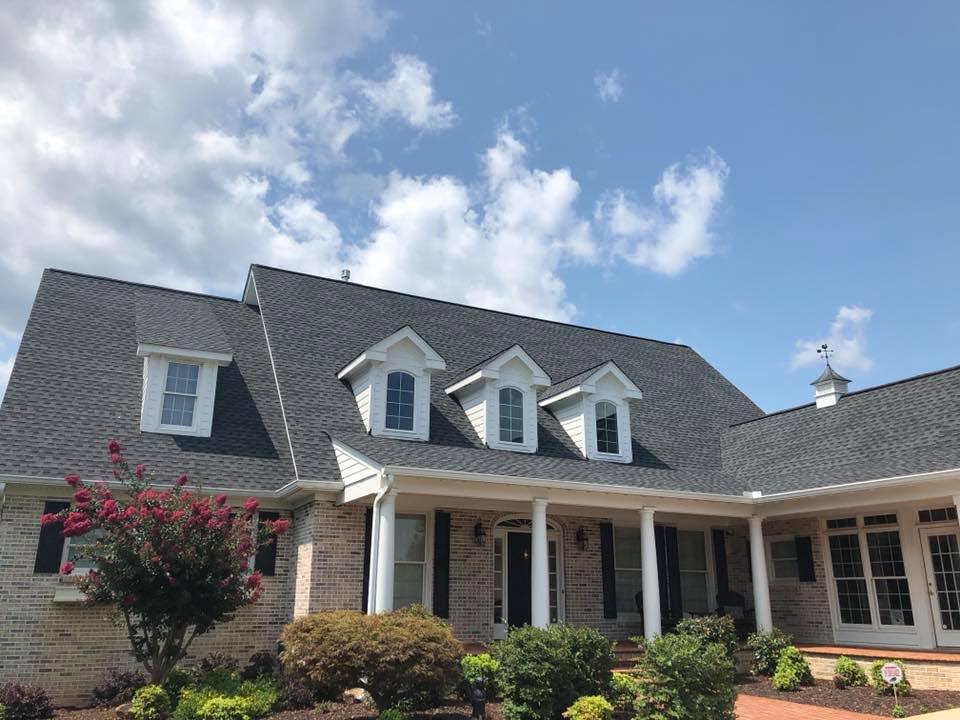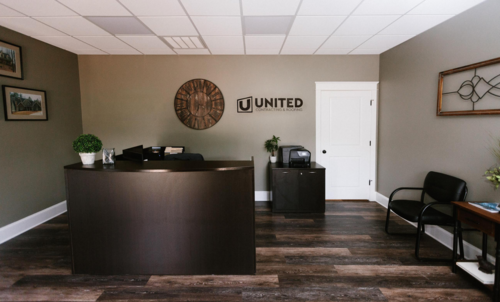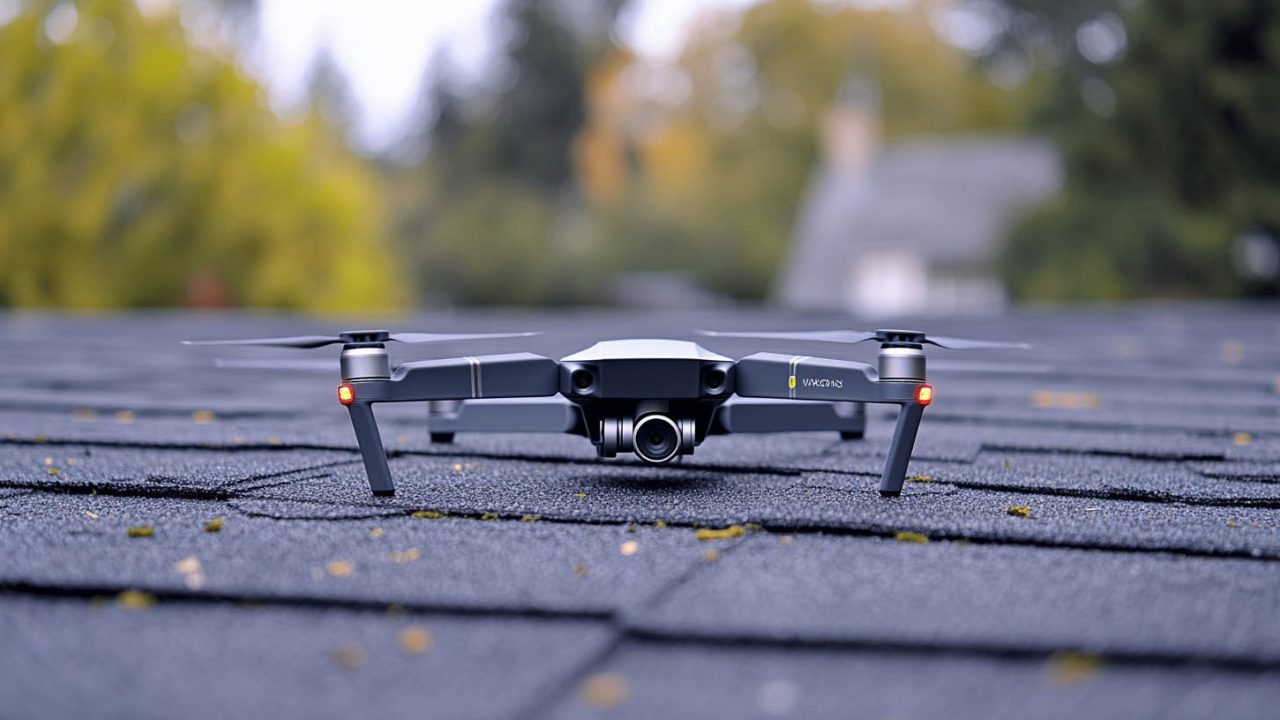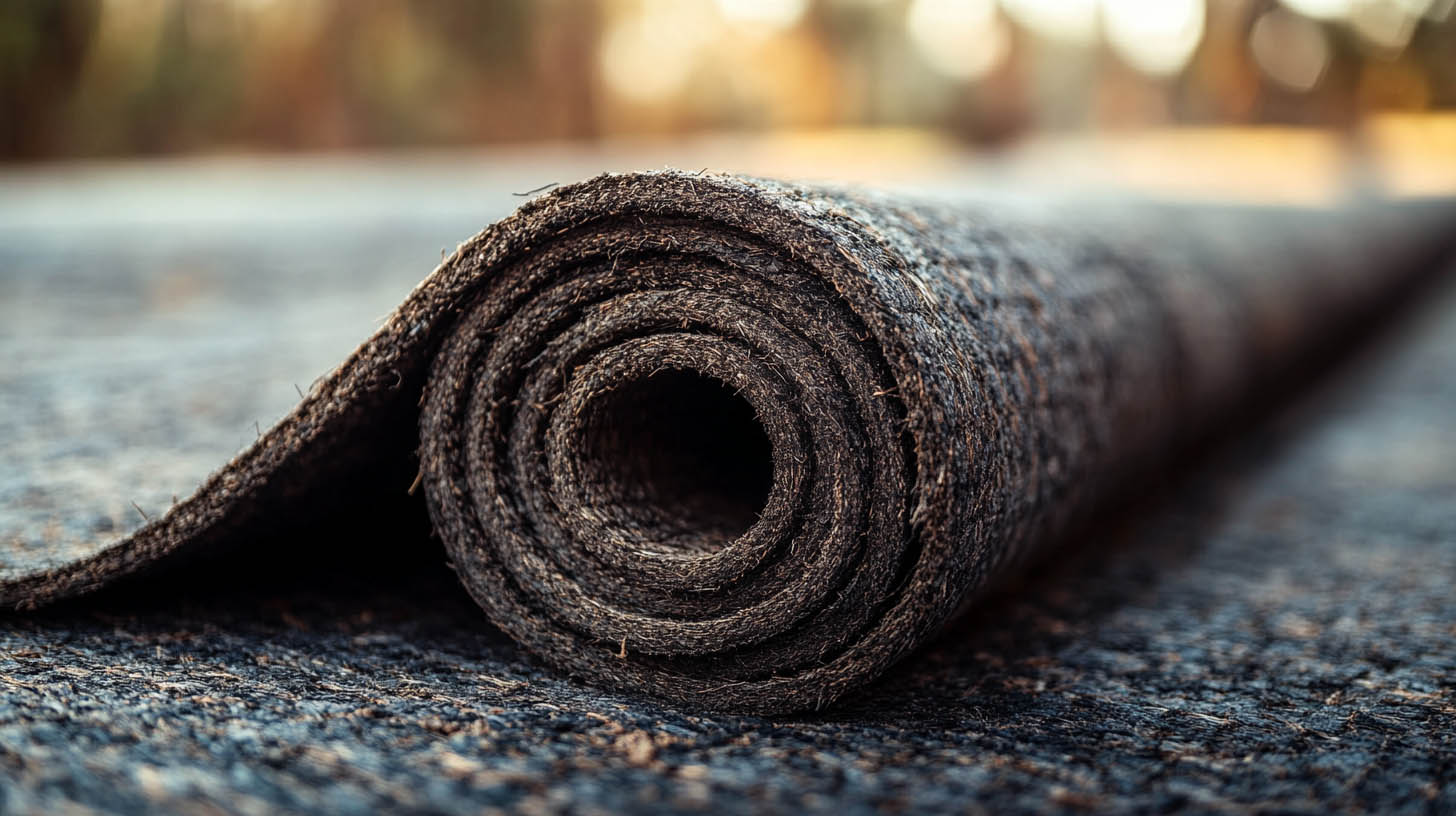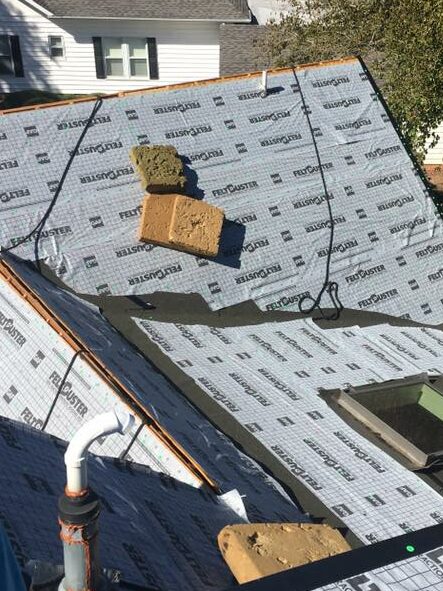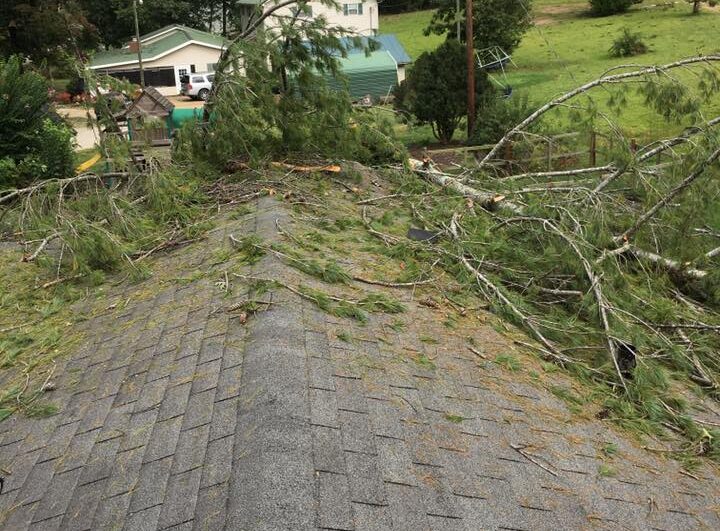United Contracting & Roofing LLC in Greenville, SC, is at the forefront of innovative roof inspection methods. One such method gaining popularity is the use of drones. This advanced technology revolutionizes the inspection process, making it more efficient and safer.
Advantages of Drone Roof Inspections
Speed and Efficiency
Drone inspections can be completed in a fraction of the time compared to traditional methods. Once the flight plan is set, a drone can survey a roof in as little as 5 to 20 minutes, depending on the roof’s size and complexity.
Safety
Traditional roof inspections pose risks to both inspectors and the roof itself. Drones eliminate these risks, providing a thorough inspection without endangering personnel or damaging the roof materials.
Cost-Effectiveness
Using drones reduces the need for extensive equipment and personnel, thereby lowering costs. The data collected is precise and comprehensive, ensuring accurate assessments.
Detailed Reporting
Drones equipped with high-resolution cameras capture close-up images of all roof surfaces. This detailed visual data is then analyzed to create comprehensive inspection reports. The ability to design 3D models and utilize cloud-based data enhances the thoroughness of these reports.
How Drones Are Used in Roof Inspections
Drones, initially used for recreational purposes, have found significant applications in commercial industries, including roofing. In a drone roof inspection, the drone operator flies the device over the roof, capturing detailed images and videos. These visuals are geo-referenced for accuracy, providing a precise overview of the roof’s condition.
Application in Complex Roof Structures
For large and complex roofs, drones offer unmatched advantages. Traditional inspections of such structures can be laborious, time-consuming, and risky. Drones streamline the process, providing quick and safe inspections, which is particularly beneficial for intricate roof designs and hard-to-reach areas.
Integration with Advanced Technologies
Drones are often integrated with other advanced technologies, such as thermal imaging and 3D modeling. This integration allows for even more detailed inspections, identifying issues that might not be visible to the naked eye. Thermal imaging can detect areas of heat loss, moisture intrusion, and potential leaks, while 3D modeling provides a comprehensive view of the roof’s structure. These technologies together offer a thorough and accurate assessment, ensuring that all potential problems are identified and addressed promptly. This enhances the overall effectiveness of the inspection process and contributes to better maintenance and repair planning
Reducing Safety Risks
Safety is a primary concern in roof inspections. Drones significantly mitigate these risks by performing the inspections from a distance. This approach not only protects the inspectors but also ensures that the roof materials remain undisturbed during the inspection process.
Efficiency in Data Collection
Drone inspections collect data more systematically and efficiently than manual inspections, offering a comprehensive view of the roof’s condition. The ability to store and process data in the cloud facilitates automated procedures, enhancing the overall inspection process. This technology allows for precise measurements, detailed imagery, and the ability to track changes over time. By leveraging cloud-based storage and processing, drone inspections can quickly identify potential issues, streamline reporting, and provide actionable insights, ultimately improving maintenance planning and decision-making.
Conclusion
Embracing drone technology for roof inspections offers numerous benefits, including increased safety, cost-effectiveness, and detailed reporting. For more information on the lifecycle of a roof from installation to replacement, click here.

